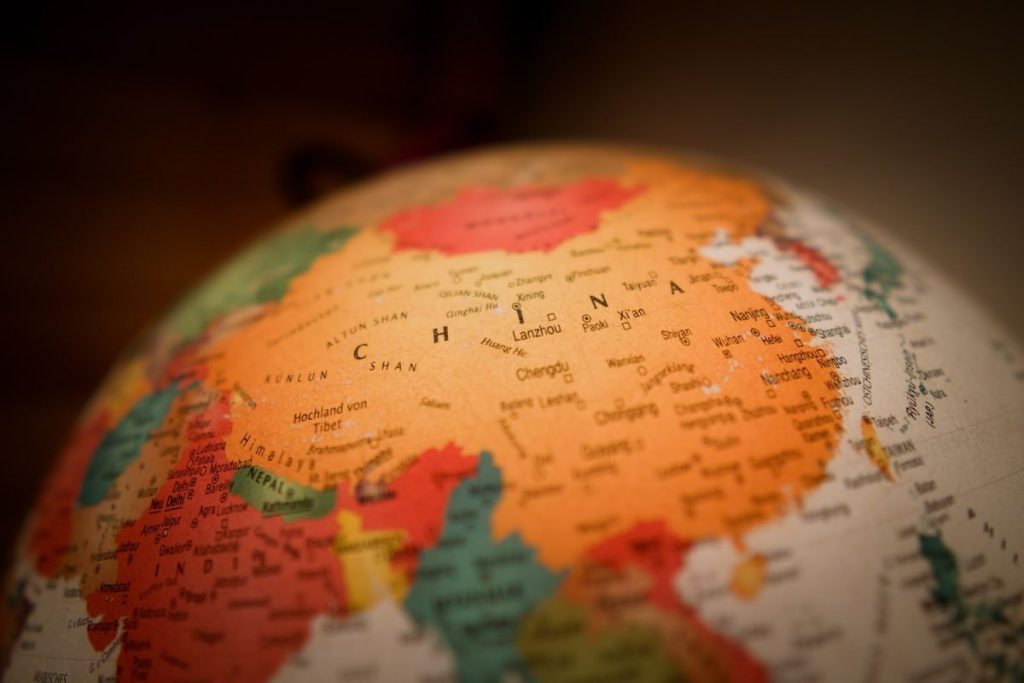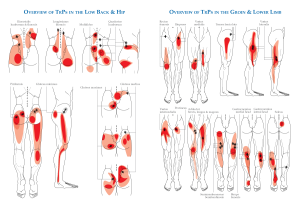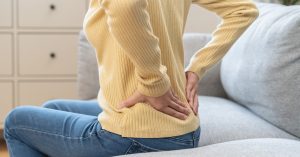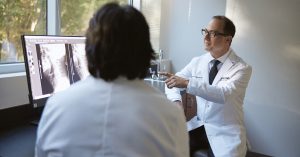Acupuncture for MSK pain in China – The BMAS Blog

Stimulated by Mei et al 2023.[1]
MSK – musculoskeletal
CHARLS – China Health and Retirement Longitudinal Studykey to acronyms
The title of this paper caught my eye, and the abstract contains an acronym that makes me smile with a mixture of irony and curiosity – CHARLS.
CHARLS was set up about 12 years ago after a pilot project in 2008.[2] It is a nationally representative longitudinal survey of persons in China aged 45 years or older and their spouses. It includes residents from 450 communities of 150 counties of 30 provinces of China apart from Tibet, Taiwan, Hong Kong, and Macao. CHARLS has nearly 20k respondents, and of these, over 10k report MSK pain in either their low back, lower limb, neck, or upper limb.
The respondents were asked about whether they ever took any measures to reduce their pain, including Chinese traditional medicine (herbs), (Western) modern medicine (drugs), acupuncture treatment, and professional massage therapy.
The most frequent choice was modern medicine at just over 50%, followed by Chinese medicine at 20%, acupuncture at around 15% and massage at fractionally less than acupuncture, apart from in neck pain, when massage was fractionally more frequently used.
I was surprised to see a rate of only 15% for acupuncture use, although a very much smaller telephone survey performed by the BBC in 1999 (n=1204) revealed that only 34 had used acupuncture or acupressure in the previous year, which is less than 3%.[3] That percentage could change if the sample were restricted to only those with MSK pain.
There were some interesting findings in the multivariate analysis. Men were less likely to use acupuncture. They were also less likely to use drugs and massage, but not less likely to use herbs. Those aged 55 or older were less likely to use massage than the youngest cohort (45 to 54). Urban residents were much more likely to use massage, and much less likely to use drugs. Those with college degree education were also less likely to use drugs ad more likely to use massage. Marriage did not alter anything apparently! Having health insurance increased the use of both acupuncture and massage but did not alter the use of drugs or herbs. Being a smoker reduced the use of massage, but not the other modalities. Drinking alcohol reduced the use of drugs, and abstinence from it dramatically increased the use of drugs. Being employed reduced the use of both acupuncture and massage.
Finally, the use of all modalities increased with the number of sites affected by MSK pain, although all but the drugs tailed off when the number of sites reached 11 (the top of the scale).
There will be more interesting data to come from CHARLS in the years ahead, and as the Chinese population ages their preferences will potentially have a greater impact on that society. In 2000, 10% of the Chinese population was over 60. This is estimated to rise to over 30% by 2050. But a more striking statistic is the elderly support ratio – the number of ‘prime-aged’ adults of 25 to 64 divided by the number of adults over 64. This figure is set to change from 13 in 2000 to 2.1 in 2050 – that is a major demographic change from a socioeconomic perspective.
References
1 Mei F, Dong S, Li J, et al. Preference of musculoskeletal pain treatment in middle-aged and elderly chinese people: a machine learning analysis of the China health and retirement longitudinal study. BMC Musculoskelet Disord 2023;24:528. doi:10.1186/s12891-023-06665-7
2 Zhao Y, Hu Y, Smith JP, et al. Cohort profile: the China Health and Retirement Longitudinal Study (CHARLS). Int J Epidemiol 2014;43:61–8. doi:10.1093/ije/dys203
3 Ernst E, White A. The BBC survey of complementary medicine use in the UK. Complement Ther Med 2000;8:32–6.
Published




